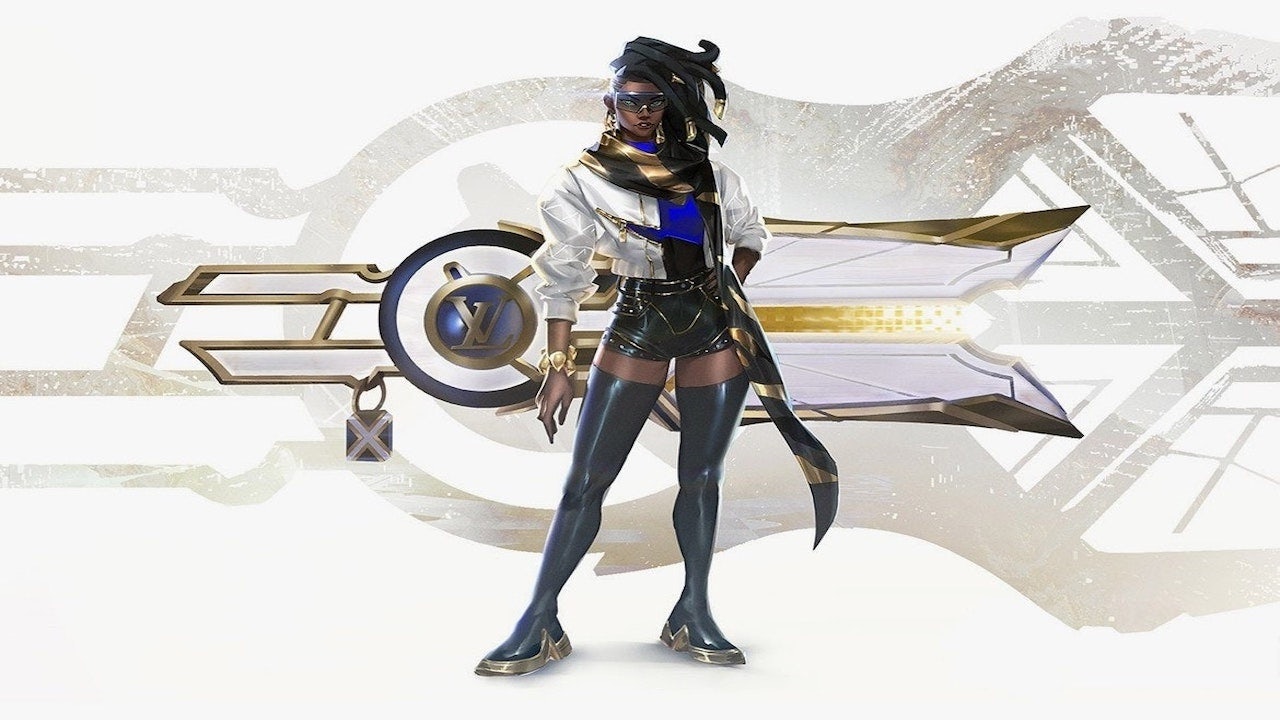This post originally appeared on Content Commerce Insider, our sister publication on branded entertainment.
In this weekly series, How Chinese Tech Builds Trust, CCI aims to demystify the fundamentals that drive Chinese e-commerce, explaining why critical practices have evolved the way they have and helping brands predict what comes next. From the triggers behind Baidu’s downfall to the rise of social commerce, we’ve got you covered. And if you missed previous installments, check them out here.
Why Collaborations Matter#
When I was a kid, I begged my parents to get me
Nike#
sneakers. I wasn't original — everyone had them. Smart marketers sold me on the idea that I needed them to be considered a cool, athletic kid. How else would I show people without Nikes?
Functionality wasn’t the key. I wanted them for what they meant and for what they would say about me (without having to utter a word). Teenage angst eventually wanes, but signaling is forever.
Marketing Must Continually Innovate#
Advertising clickthrough rates are always decreasing (for
Google#
,
Facebook#
, and
Instagram#
). Marketers must continuously seek out new ways of resonating with consumers, ideally through media and distribution, rather than content. This is because media and distribution innovation trumps content innovation. We know this instinctively. The online world is saturated with content. Brands, traditional media, digital media, ads — everyone is vying for eyeballs.
Most successful brands have become lifestyle brands and, as a result, aren’t bound by their original product or service categories. This has opened up the new marketing model of “crossover” collaborations.
Take luxury gaming skins as an example.
Louis Vuitton#
created premium skins for players of League of Legends (LoL). You could write a modern-day Bible (best-selling book of all time) but without marketing or PR — nobody would read it. Similarly, LV could make the most beautiful fashion film in the world, but how many female gamers in China would see it? Probably not that many. So they created an innovative media format (luxury esports skin) to distribute through a new platform (LoL). For eyeballs, media and distribution innovation (via gaming) would trump content innovation (best fashion film). That’s strategic and smart.
In an ideal world, it would be possible to automatically deliver innovative and excellent content according to distinct user preferences. That Louis Vuitton film would be distributed perfectly and receive critical recognition. But alas, media is saturated, personal preferences are diverse, and algorithms aren’t quite there yet.
TikTok#
might come closest on the short video front, but is not without some serious issues. Maybe Google News for media (maybe.) Success is conditional on great content, but novelty is better.
Lifestyle Brands and Identity Signaling#
I was never bullied for not having Nikes (I was bullied for other things), but studies show that kids on Fortnite are shamed if they can’t afford paid skins. Because your online gaming identity reflects your offline one. An LV gaming skin shows you're luxurious, as a person.
That's what brands such as Nike have done — they've translated their category identity (shoes) into a lifestyle brand (cool, athletic). A lifestyle offers infinitely more marketing flexibility than a category identity. There are only so many enticing product photos of shoes that you can take (thankfully). Nowadays brands are almost always synonymous with their "mission.”
Coca-Cola#
is a fizzy soft drink that single-handedly invented the modern image of Santa Claus to sell more fizzy soft drinks.
Another major benefit of this evolution is that lifestyle brands can collaborate with other lifestyle brands. So what did it mean for LV to partner with LoL? LoL represents what has traditionally been seen as an "uncool" community — a cultural underdog. Louis Vuitton is the most valuable luxury brand and flagship of the world’s biggest luxury conglomerate. That global powerhouse of status, an arbiter of who's in and who's out, showcased youth and exhibited an understanding that gamers are not a bunch of hoodie-wearing hermits. Meanwhile, LoL demonstrated that it can carry the gravitas of a 150-year-old fashion house while making it marketable and accessible to young gamers who spend, on average, 832 hours playing. Collaborations such as these are not a fad.
It's a great move, not only because with 111 million players (let that number sink in) in China, LoL is China’s most popular PC game, with 111 million players in 2017, and its fandom is 55% female (I was also surprised).
Collaboration signifies a stamp of approval from one brand to the other, and, when done well, can vastly increase brand reach and exposure to new audiences. What do a camera brand and energy drinks have in common?
GoPro#
's branding is all about edgy, risky, adventure-takers.
Red Bull#
is about living your life to the fullest (barring heart attacks, hopefully). Brand collabs resonate through shared lifestyle aspirations.
And China loves cross-category brand collaborations. Brand stories are visceral. Do they always make sense? No. Are they gimmicky? Sometimes. Fast-food chain
KFC#
partnered with iconic insect repellent brand
Liushen#
to create insect repellent coffee and coffee-flavored repellent. We call this innovation. We call this marketing. And it works.
Such collaborations can initially seem awkward — but not when your brand is a lifestyle brand. And it's 2020: Every brand is a lifestyle brand.

